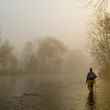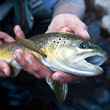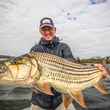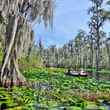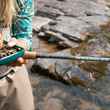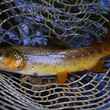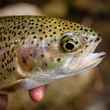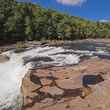Pennsylvania governor Tom Corbett recently unveiled an almost $30 billion spending plan for his state that includes proposals that would expand natural gas drilling in Pennsylvania state forests and parks, presumably overturning a moratorium on further expansion of such operations that was put in place by former governor Ed Rendell. According to Corbett's office, his plan to expand natural gas leases could add up to $75 million in new revenue for the state.
Existing, operating natural gas wells on Pennsylvania state forest and park lands exists in or adjacent to watersheds of some of the state's most famous trout streams, such as Slate Run and Pine Creek, amongst others. Pennsylvania state forest, park and game land is also rich with small brook trout streams, many of which are classified by the Pennsylvania Fish and Boat Commission as Class A Wild Trout water.
In a radio interview with station WITF, Corbett told Radio Smart Talk, “there’s a huge amount” of gas under state parks and forests, “and I don’t believe in leaving it there.”




